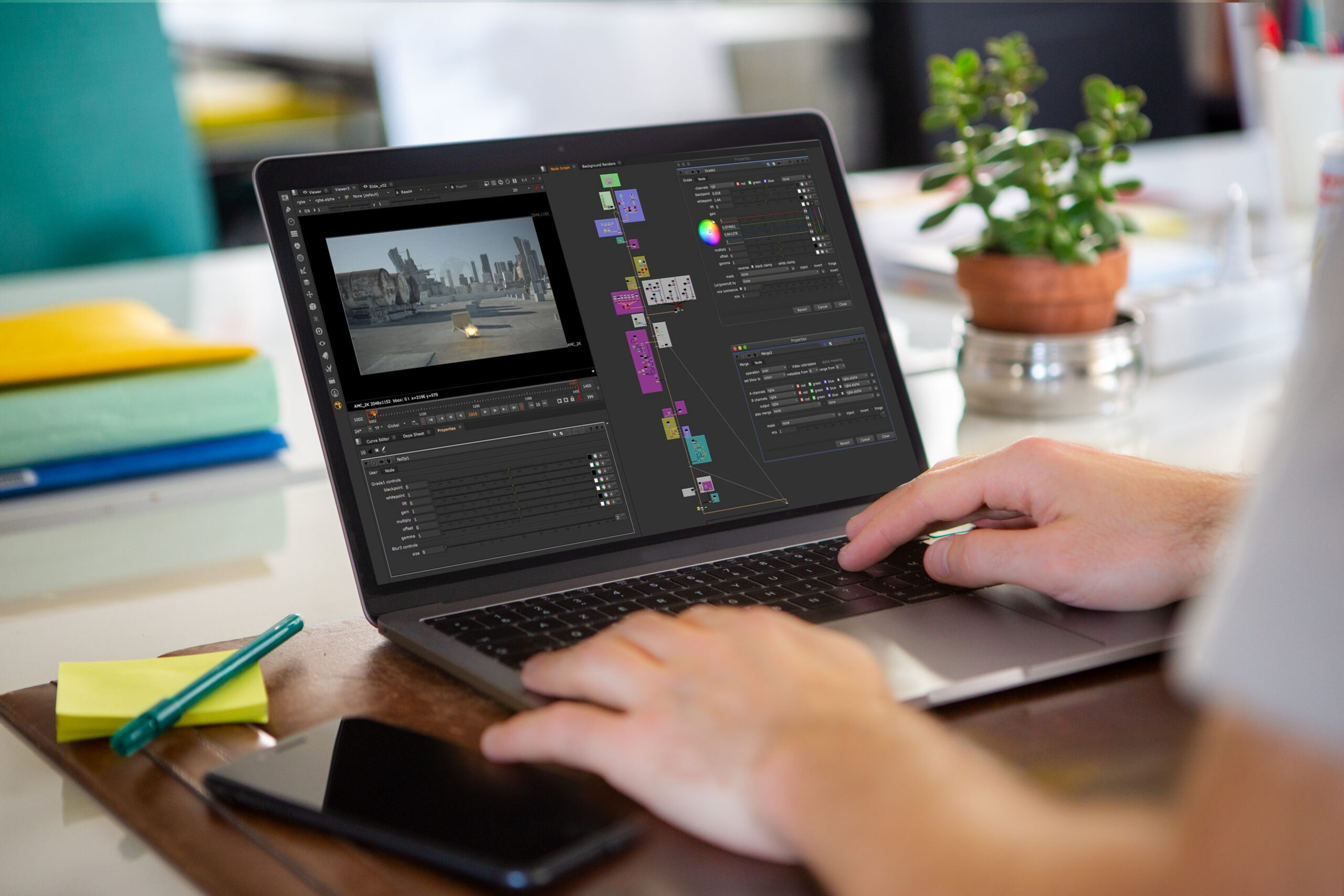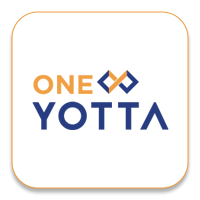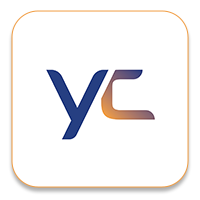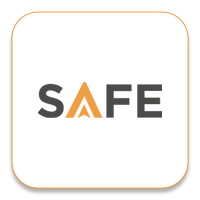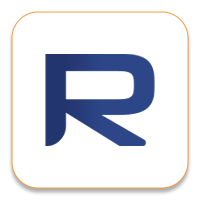- Customer General FAQs
- Plan / Pricing and Billing FAQs
- Technical FAQs
- Account Setup and Management FAQs
Customer General FAQs
What Do We Do? And why choose us?
Urja Renderfarm is a Tier 4 cloud rendering service and platform that helps create content faster, smarter, and more securely. We provide scalable infrastructure, optimized performance, and 24/7 expert support for studios, artists, and technical teams.
What’s the difference between the master account and subaccount?
The Master Account is the main administrative account for your studio, while subaccounts are secondary user profiles with restricted access, ideal for team collaboration.
Can I integrate Renderfarm with my existing workflow?
Yes, Urja Renderfarm integrates seamlessly into your existing pipeline and supports most standard production workflows. We have shotgrid support planned for Phase II.
What rendering file formats does Renderfarm support?
Urja supports all standard industry file formats. For specifics, refer to the supported formats list on our user guide.
Can I render both still images and animations with Renderfarm?
Yes, both stills and animations can be rendered on Urja at any scale.
Is there a limit on the number of rendering projects I can run simultaneously?
No, you can run multiple rendering projects at the same time depending on your top up plan and available resource allocation. Though availability is subject to first come first basis.
What is the average turnaround time for rendering tasks?
Turnaround time varies based on scene complexity, resolution, and selected Top up Plan / hardware (CPU/GPU). One can optimize and plan their production sequences with the help of the pricing calculator facilitated on the website.
Do you provide a trial period for Render farm services?
Yes, new accounts receive 50 URC (Urja Render Credits) upon initial setup to test the platform and evaluate rendering performance.
Can I access Renderfarm from different devices?
Yes, you can access Urja Renderfarm from any internet connected device using your studio A/c as registered login credentials. With supported OS which meets minimum requirements.
Can I cancel or modify a rendering task once it's started?
Yes, jobs can be paused, cancelled, or modified from your dashboard, depending on account permissions and job status.
Is there any specific internet bandwidth required for using Renderfarm?
We recommend a stable internet connection of at least 100 Mbps for smooth asset transfers and real-time portal access.
What security measures are in place to protect my rendering project data?
We implement strict data protection protocols, including encryption, role-based access control.
Can I collaborate with team members on a single rendering project using Renderfarm?
Yes, multiple team members can collaborate via subaccounts along with the Storage space provided within your respective account. Access rights can be managed through the Administrator via the studio account.
What happens if my rendering task fails or encounters an error?
Failed tasks are marked in red in job details page in My Queues. You can first re validate your scene file on your local system, if successfully rendering, try and re fire on the farm. Yet error logs maintain, then you can contact our render wrangler team via chat (L1) for quick resolution. Subsequently also a ticket can be raised on the portal.
Urja Support System
The Urja render support system is structured into four levels to ensure smooth handling of client issues and render operations. It starts at L1, where users can fluidically communicate with Wrangler Executives who monitor rendering jobs and servers, providing basic client support. If the issue is more technical in nature, it moves to L2, where Senior Wranglers handle file-related problems like crashes or debugging and coordinate with internal teams as needed. More complex or infrastructure-related issues are handled at L3 by the IT and Engineering teams, covering software installations, storage, and network/server problems. Finally, L4 involves the Product or System Engineering teams, who resolve high-level concerns such as account issues, service downtimes, and product upgrades. This tiered approach ensures efficient resolution and proper escalation based on the issue's complexity.
